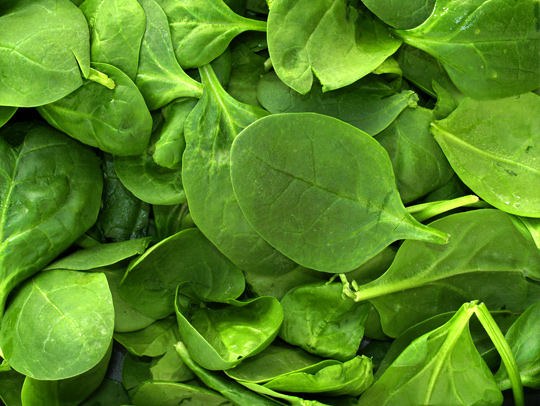FDA Updates Leafy Green STEC Action Plan
November 22, 2023 | 2 min to read
The U.S. Food and Drug Administration has updated its Leafy Green STEC Action Plan to enhance safety measures against E. coli outbreaks linked to leafy greens. The update provides details on new sampling methods and studies in Arizona and California, along with a fact sheet regarding nearby land uses affecting produce safety. The FDA emphasizes continued stakeholder engagement and plans to share further insights about its Human Foods Program in early 2024.

The U.S. Food and Drug Administration has updated its Leafy Green STEC Action Plan (LGAP). The LGAP was first released in 2020 following a number of reoccurring outbreaks linked to leafy greens that were caused by Shiga toxin-producing E. coli (STEC).
Today’s update includes additional information on sampling assignments, method developments, and a status update on the Agency’s long-term longitudinal studies in Arizona and California. As part of this update, the Agency is also releasing a new fact sheet on Adjacent and Nearby Land Uses and their impact on the safety of produce grown nearby.
Over the last several years the FDA and partners in the public and private sectors have worked to enhance the safety of leafy greens through the development and implementation of the LGAP. This work includes prioritized inspections, focused sampling, stakeholder engagement and collaboration, data sharing, root cause investigations, and advancements in the science of detection and prevention.
Collectively, this work has expanded our body of knowledge about how and why outbreaks linked to leafy greens have occurred, which has guided and informed the evolution of the action plan over the years. As the FDA’s food program transitions into the new Human Foods Program, produce safety staff at the agency are also examining how best to apply the lessons learned and advancements made under the LGAP to produce safety overall, while also looking for ways to strengthen our commitment to leafy green safety in the years to come. Engagement with all produce stakeholders continues to be critical to preventing foodborne illness, and we look forward to future collaborations.
We intend to discuss our vision for produce safety efforts under the Human Foods Program in early 2024. The FDA will continue to provide updates on our efforts to enhance the safety of leafy greens on FDA.gov.
